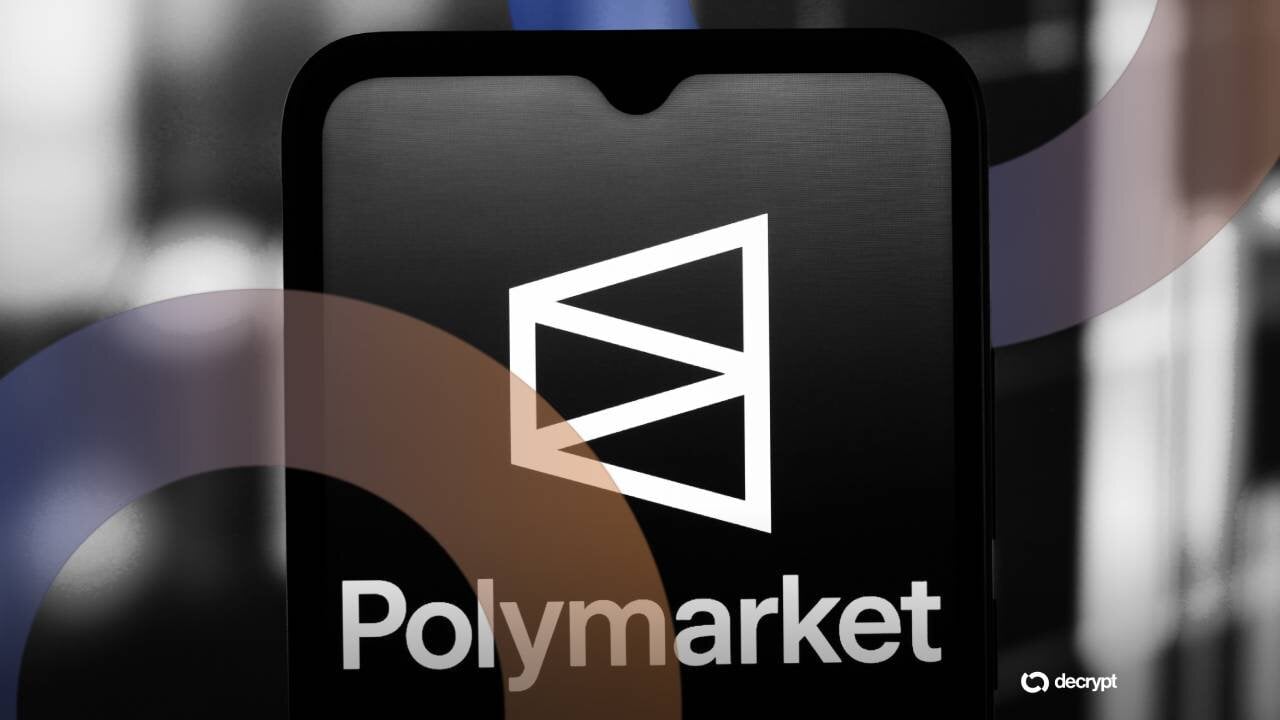BDACS Launches KRW1, South Korean Won-Backed Stablecoin, Marking Key Digital Asset Milestone
- BDACS launches KRW1, a won-backed stablecoin with strong institutional backing.
- Avalanche blockchain powers KRW1, ensuring high performance and security.
- KRW1 aims for diverse use cases in payments and remittances.
BDACS has officially launched KRW1, a stablecoin fully backed by the South Korean won, after completing a proof of concept (PoC) that validated its technical infrastructure. This launch is a big move towards BDACS the company has incorporated fiat deposits and issuing of stablecoins as well as blockchain verification into an ever functioning and operational ecosystem. KRW1 will become an important participant in the market of digital assets, where the priority will be compliance with the regulation, openness, and scalability.
The stablecoin is fully backed by South Korean won kept in escrow at the Woori Bank, which is the key participant in this project. It also allows for the verification of reserves in real time by means of an integrated banking API, which supports the stability and reliability of KRW1. This is what makes BDACS a unique solution to the problem of breaking the barrier between the old financial system and the digital economy due to its integration of conventional banking and blockchain technology.
Also Read: Bitcoin’s Next Move Depends on $115,440: Here’s What Happens Next!
Leveraging Avalanche Blockchain for Enhanced Security and Scalability
For its blockchain infrastructure, BDACS has chosen the Avalanche network, which is known for its high-performance capabilities and security. Avalanche’s speed and reliability make it an ideal choice for supporting KRW1’s stablecoin operations, ensuring that they can scale effectively while maintaining the highest levels of security. The collaboration between BDACS and Avalanche underscores the company’s belief in utilizing cutting-edge blockchain technology to provide a safe and scalable solution to the digital asset exchange.
Looking ahead, BDACS envisions KRW1 as a versatile stablecoin that can be used for various purposes, including remittances, payments, investments, and deposits. The company also intends to incorporate the use case of KRW1 into the public sector, as the company will be able to provide low-cost payment options in emergency relief disbursements and other basic services. This growth will assist in decreasing transaction charges and increasing accessibility to digital financial solutions.
BDACS aims to make KRW1 a key component of South Korea’s burgeoning digital economy by making strategic commitments with Woori Bank and using the latest blockchain technology. The company is determined to play a pivotal role in shaping the future of stablecoins in the region.
Also Read: Top Investor Issues Advance Warning to XRP Holders – Beware of this Risk
The post BDACS Launches KRW1, South Korean Won-Backed Stablecoin, Marking Key Digital Asset Milestone appeared first on 36Crypto.
You May Also Like

XRP Price: First U.S. ETF Goes Live Thursday as Bulls Eye Breakout Above $3

Romanian Regulator Blacklists Polymarket as 'Gambling That Must Be Licensed'
